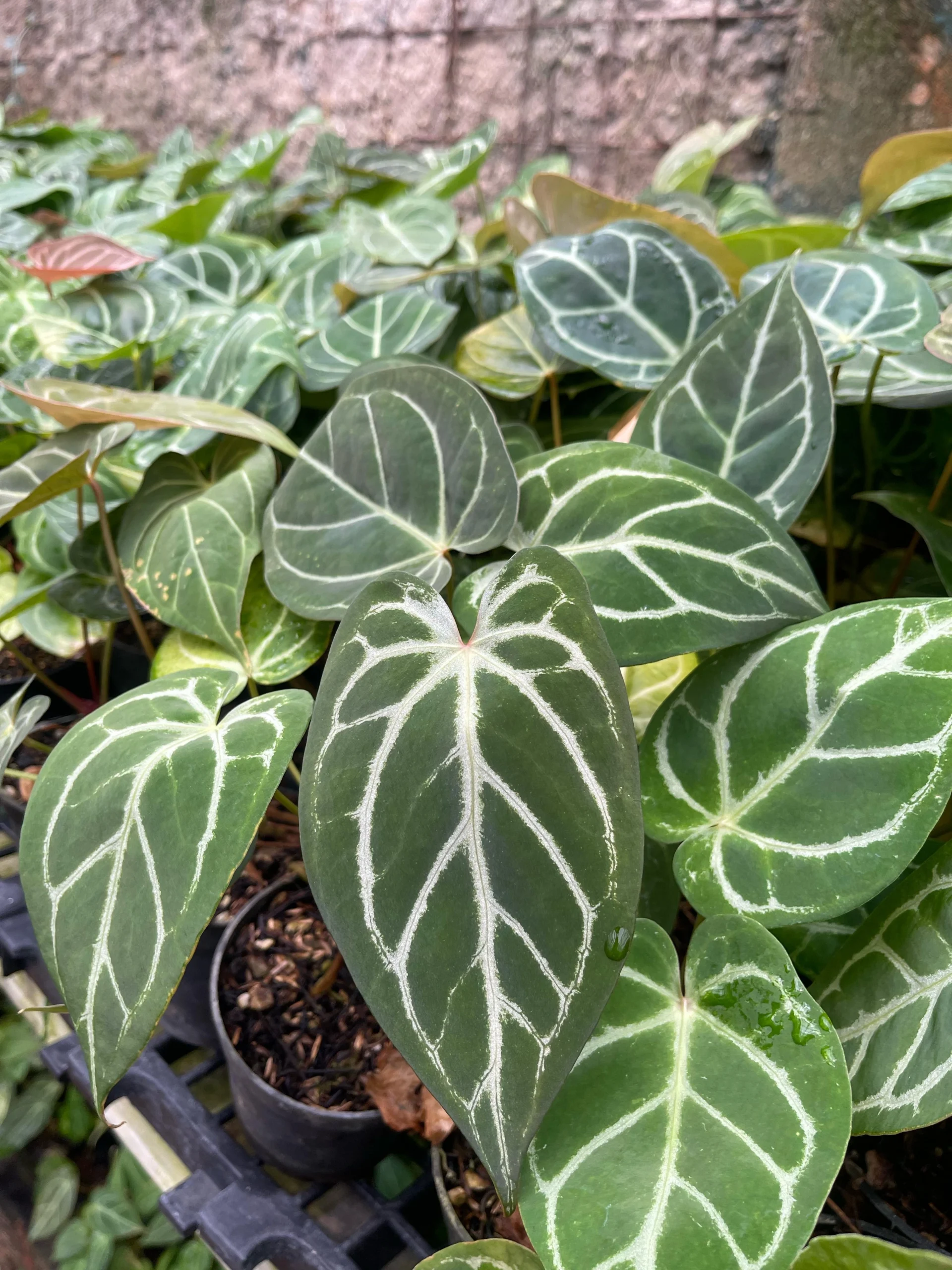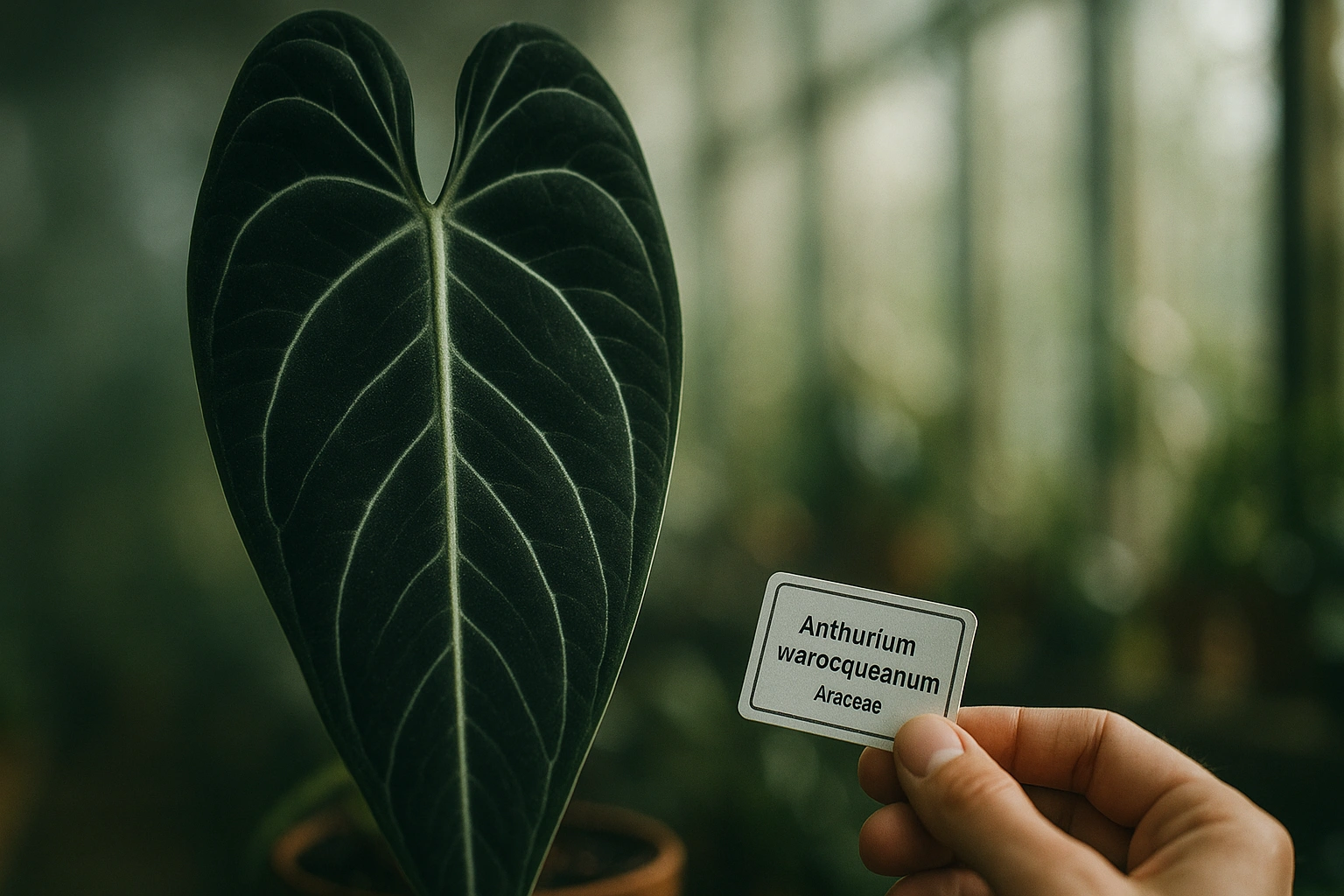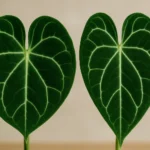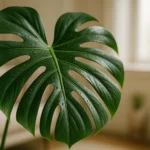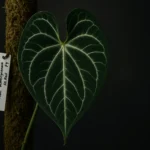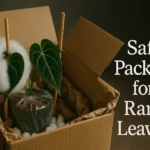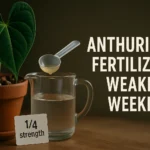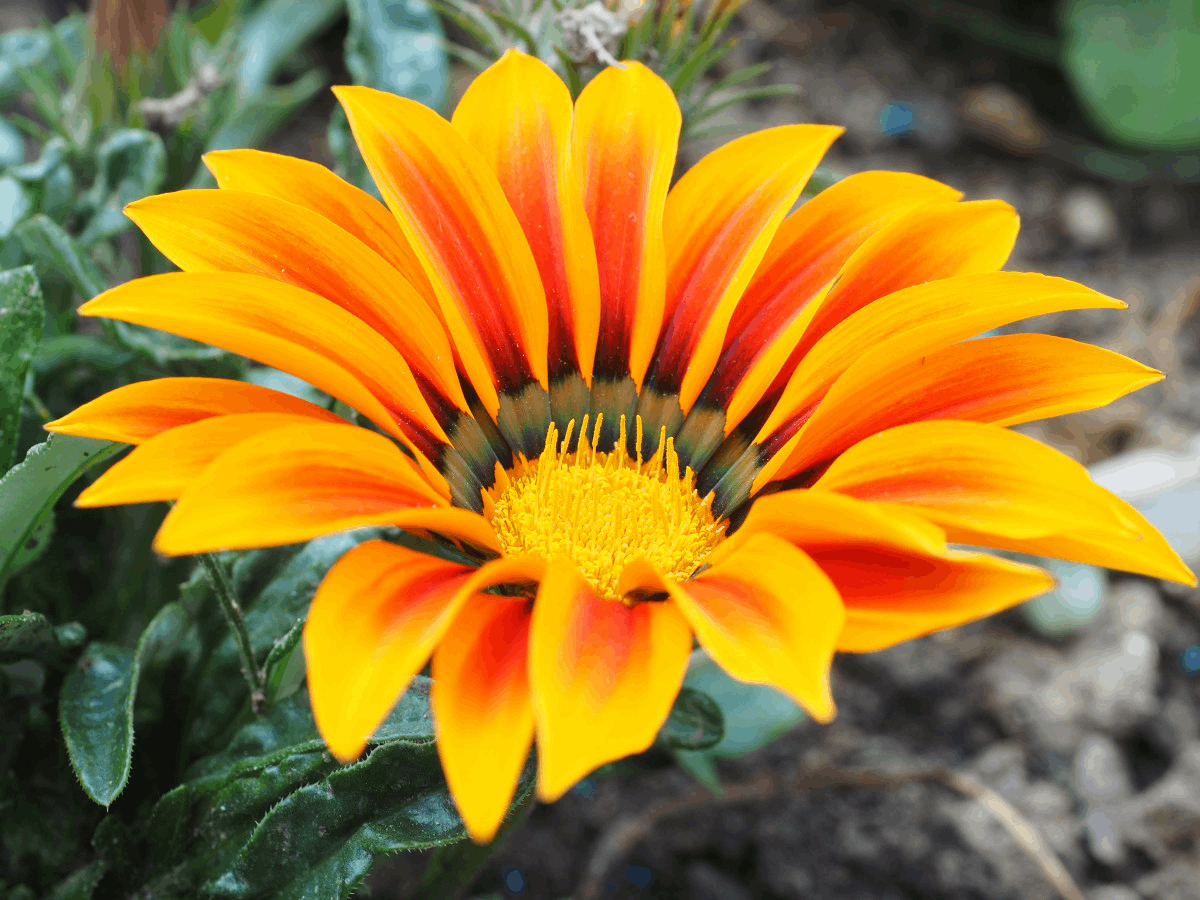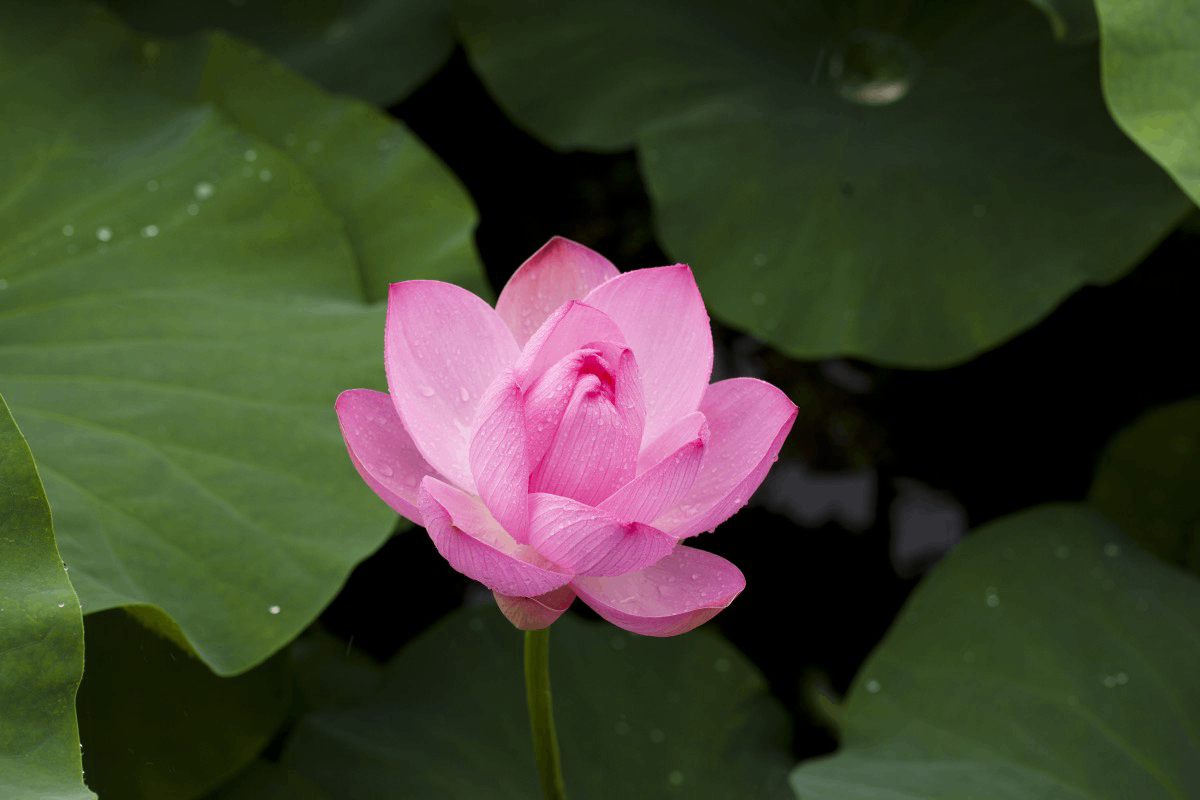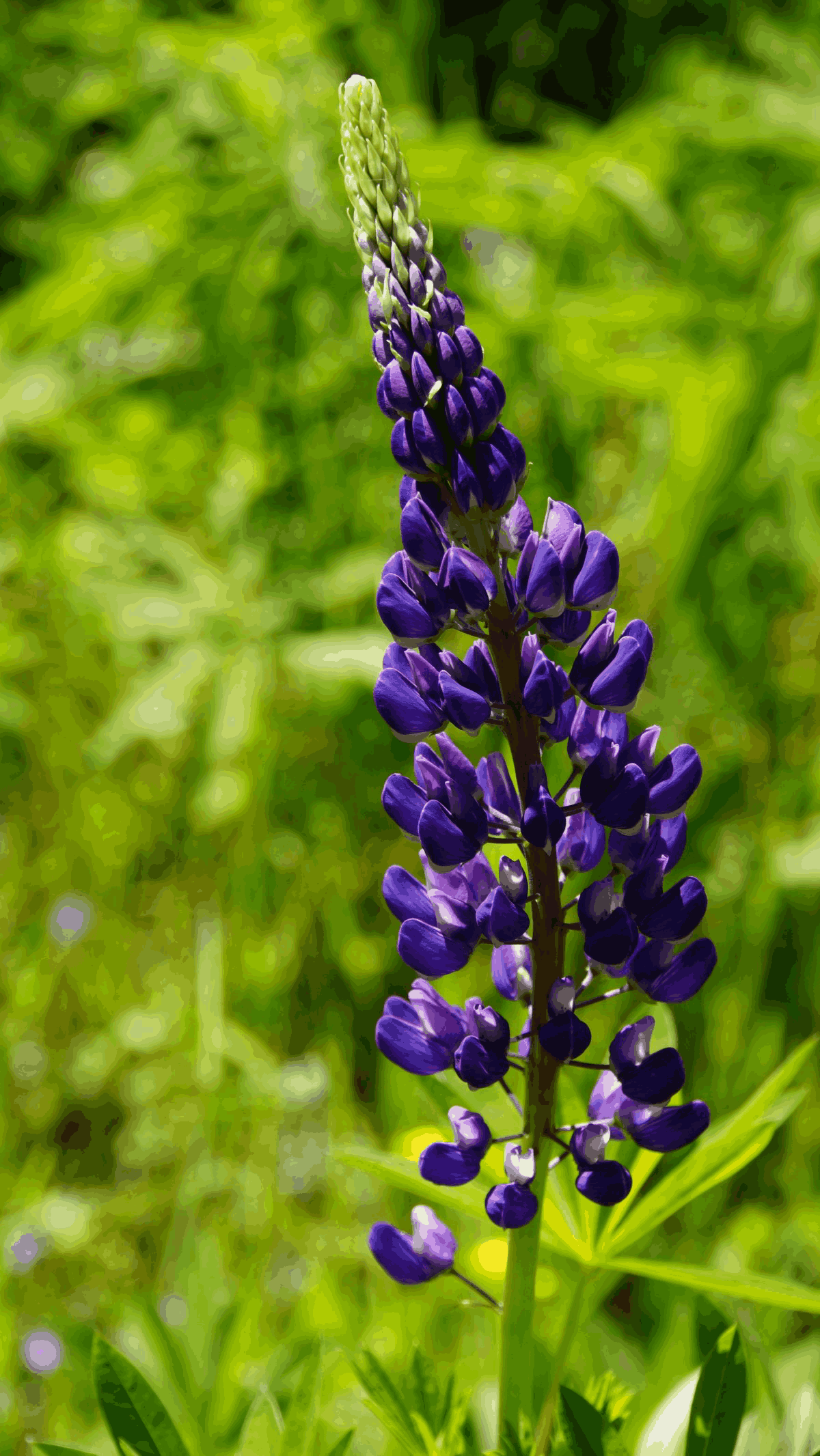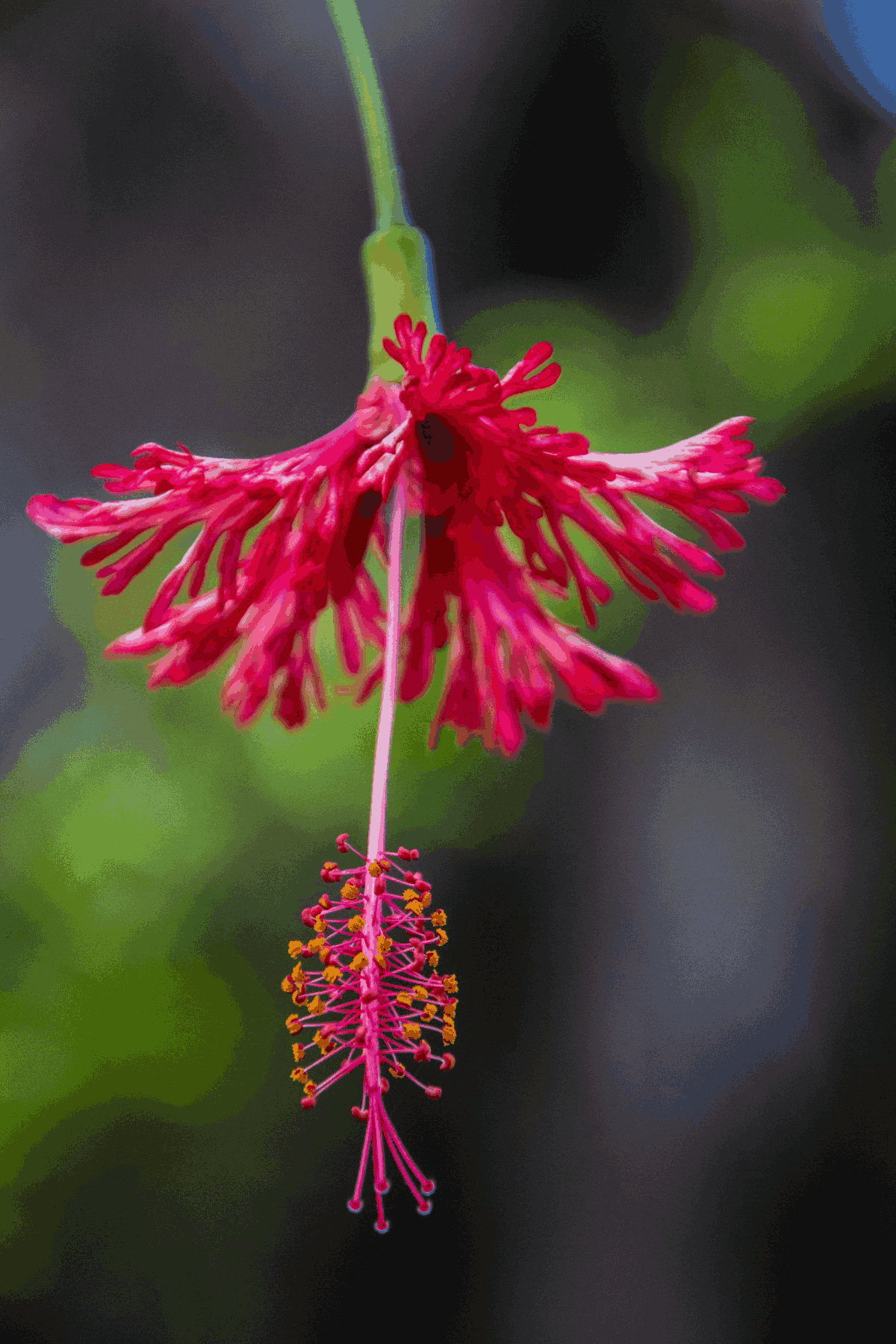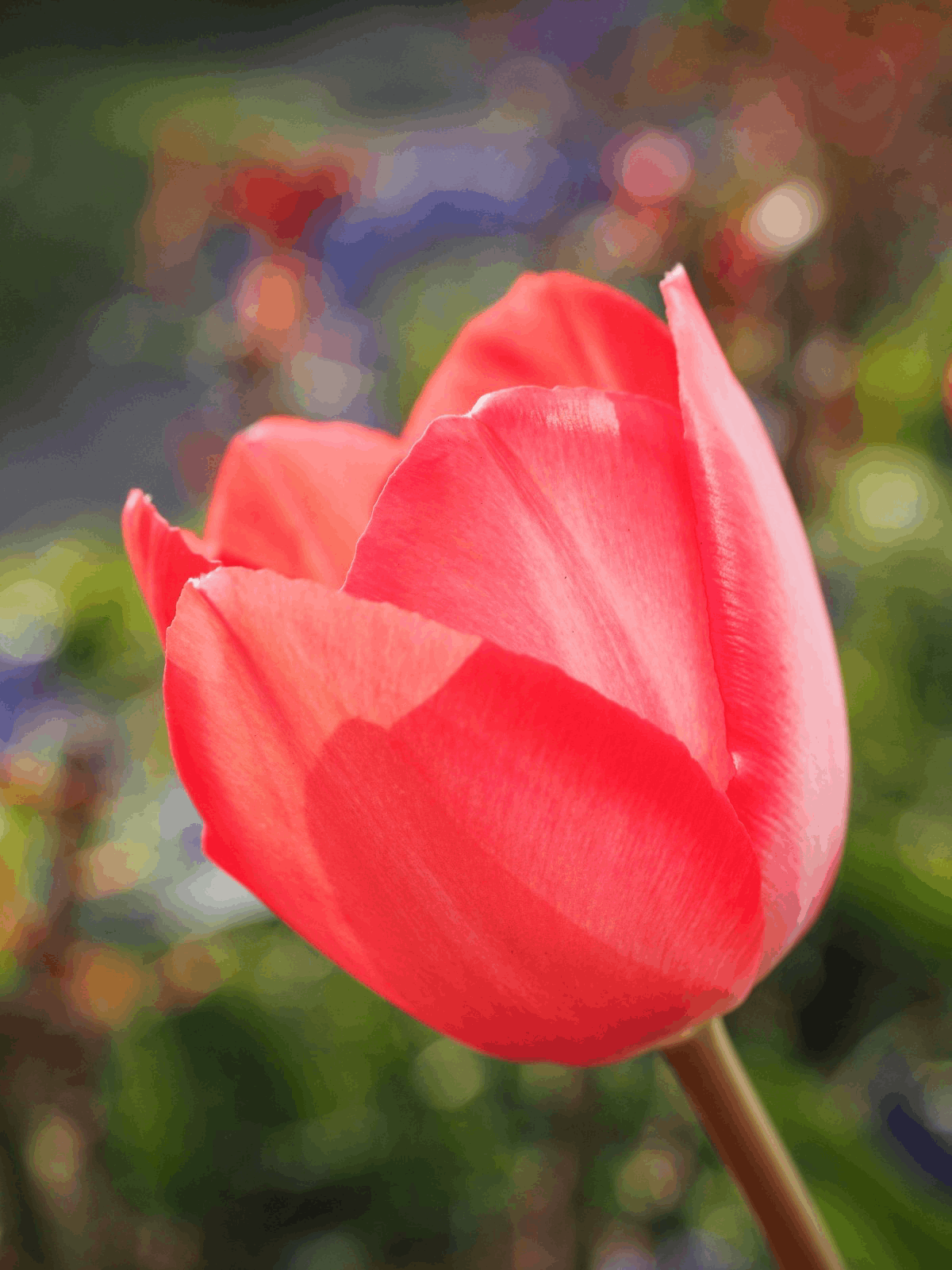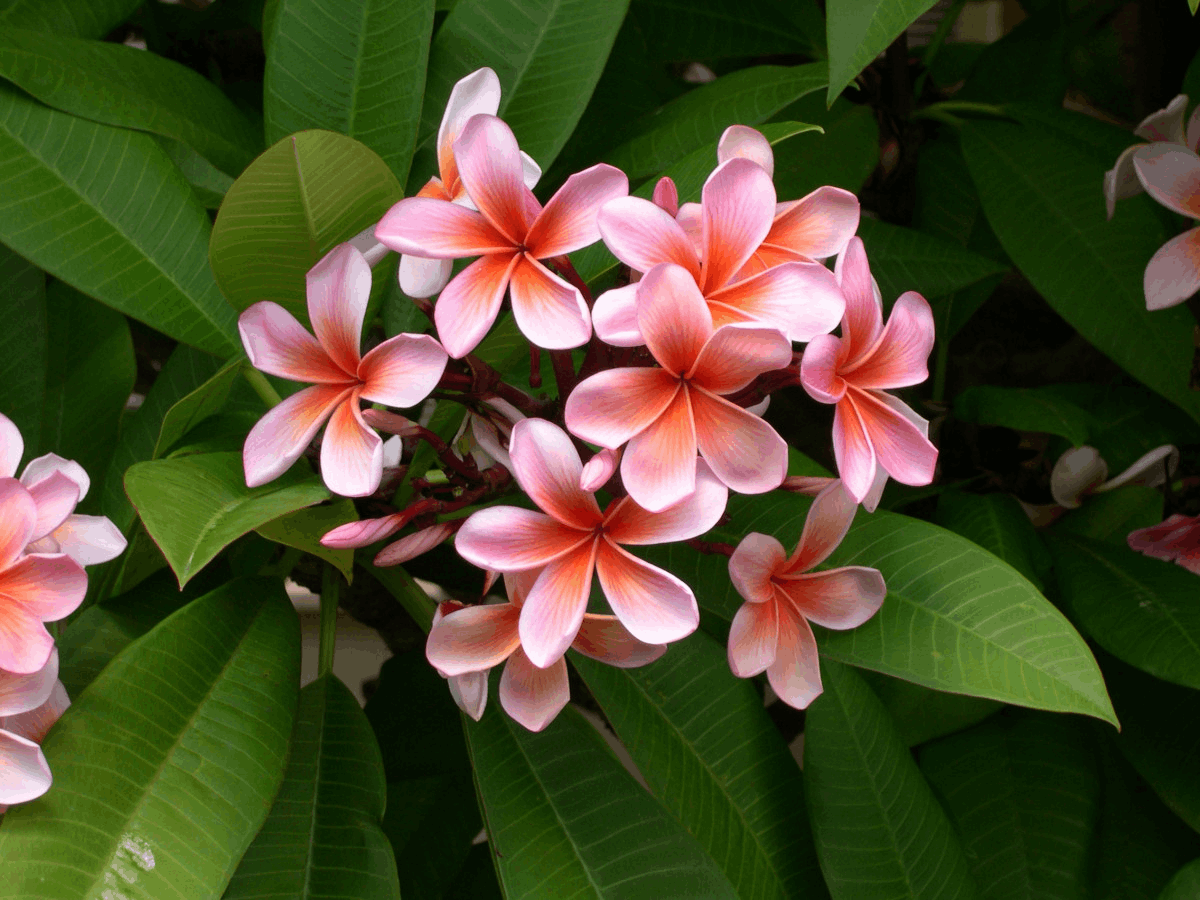GreenWandering
Discover the world’s most unique leaves.
The Thrill and the Risk of Rare Foliage
What Exactly Are Collector Anthuriums?
In simple terms, collector anthuriums are rare or highly sought-after species, hybrids, or cultivars within the Anthurium genus. Unlike the common red or pink-flowered anthuriums found in garden centers, these are prized for their spectacular foliage. Think of the velvety, heart-shaped leaves of Anthurium clarinervium or the dramatic, elongated lobes of Anthurium veitchii. Taxonomically, they belong to the Araceae family, a vast group of plants known as aroids. According to authoritative sources like Kew’s Plants of the World Online, the Anthurium genus is one of the largest in the plant kingdom, with over 1,000 recognized species native to the tropical Americas.
In 2025, the passion for these plants continues to grow. They are the living sculptures of the modern indoor jungle, perfectly suited for compact living while making a bold statement. Their unique textures and patterns are incredibly photogenic, making them stars on social media and a focal point in any curated living space. This high demand, however, has created a complex market where authenticity—or “provenance”—is paramount.
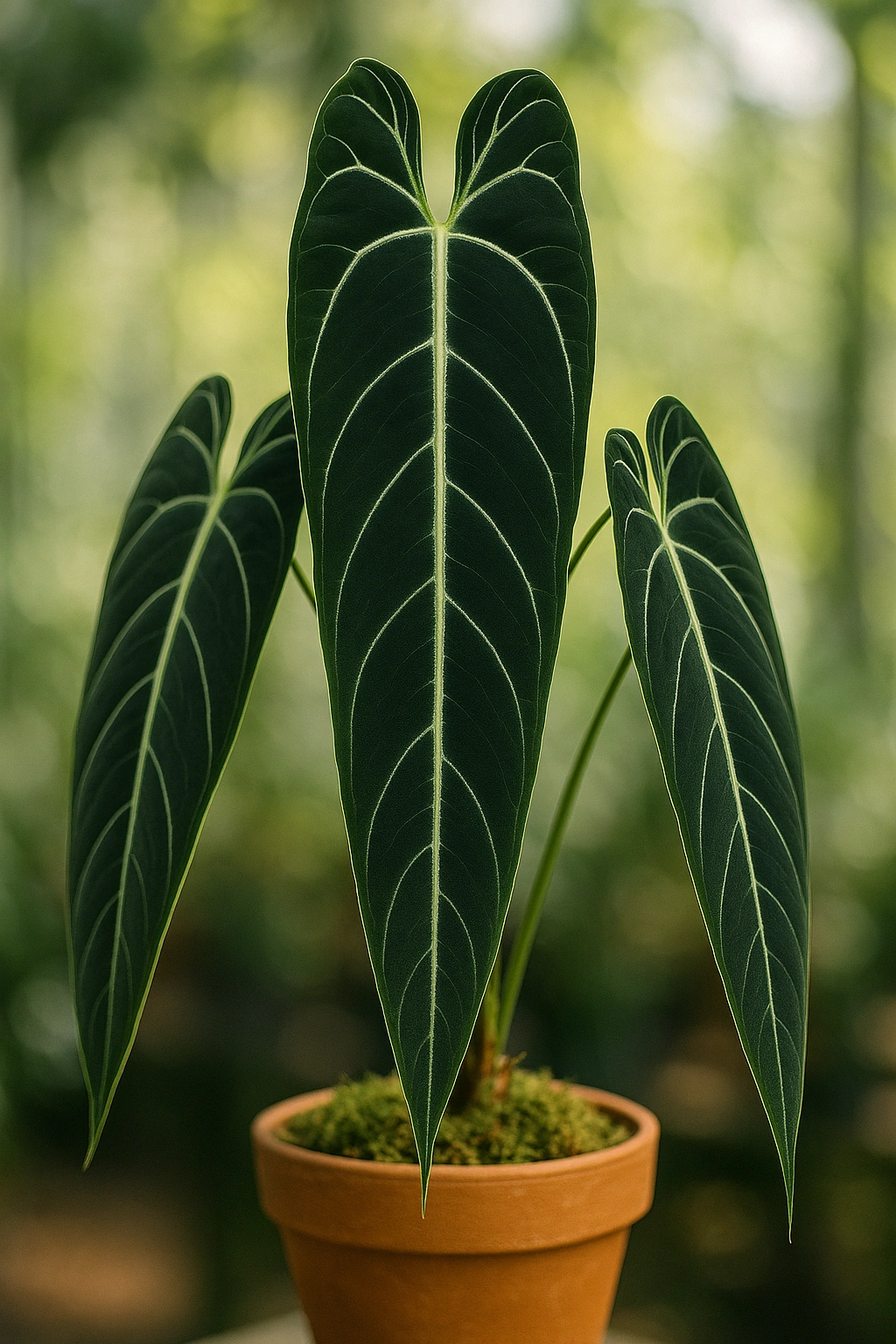
Why Provenance is Non-Negotiable
Provenance is a plant’s life story: its origin, its parentage, and its journey to you. For serious collectors, it’s the single most important factor beyond the plant’s current health. Here’s why it matters so much.
Genetic Authenticity & Predictable Traits
Knowing a plant’s provenance is like having its birth certificate. For a pure species, it confirms it wasn’t collected from a protected habitat and displays the true characteristics of its type. For a hybrid, provenance documents its parentage (e.g., Anthurium regale x magnificum). This is crucial because it allows you to predict what the mature plant will look like—its leaf shape, venation, and growth habit. Without it, you’re buying a “mystery box” that may not develop the desired traits you paid a premium for.
Ethical Sourcing & Legal Compliance
The dark side of the rare plant trade is poaching. Wild populations of anthuriums are threatened by illegal collection. Verifiable provenance ensures your plant was propagated responsibly in a nursery setting rather than being unsustainably harvested from its native environment. Reputable sellers can often provide documentation, such as phytosanitary certificates or nursery tags, that trace the plant back to a legitimate, ethical source. This isn’t just about morals; it’s about conservation and respecting international laws that protect endangered flora.
Investment Value & Future Potential
Collector anthuriums can be a significant investment. A plant with documented, verifiable provenance from a renowned grower or nursery will always hold more value than one with an unknown background. It can be propagated, and its offspring will also carry that valuable lineage. Should you ever decide to sell or trade your plant or its cuttings, a clear history makes it far more desirable and justifies its premium price.
The Smart Way to Verify Anthurium Provenance
Verifying a plant’s history requires a bit of detective work, but these steps will help you authenticate your next purchase and avoid costly mistakes.
Step 1: Vet the Seller Thoroughly
Before you even look at the plants, investigate the seller.
- Reputation is Key: Do they have a professional website or a well-established social media presence? Look for reviews on platforms like Etsy, Reddit (e.g., r/Aroids), or Facebook plant groups.
- Ask Questions: A trustworthy seller will be happy to answer your questions about a plant’s origin. Ask where they acquired their mother plant or if it was grown from seed. If they are evasive or say “it’s a secret,” consider it a major red flag.
- Look for Transparency: Reputable sellers often share photos of their mother plants and growing conditions. This shows they are true growers, not just resellers of questionably sourced plants.
Step 2: Scrutinize Documentation and Photos
- Plant Tags & Passports: Legitimate nurseries often include tags with the plant’s full scientific name, hybrid cross, or cultivar name. Plants imported internationally should have records of phytosanitary certification.
- Photo Comparison: Don’t rely solely on the seller’s photos. Use trusted databases like the Missouri Botanical Garden’s Plant Finder to see verified photos of the species you’re interested in. Compare the leaf shape, sinus (the opening at the top of the leaf), lobe shape, and vein patterns. Look for consistency.
- Request More Photos: Ask for pictures of the entire plant, its root system (if possible), and close-ups of new growth. This helps confirm its health and identity.
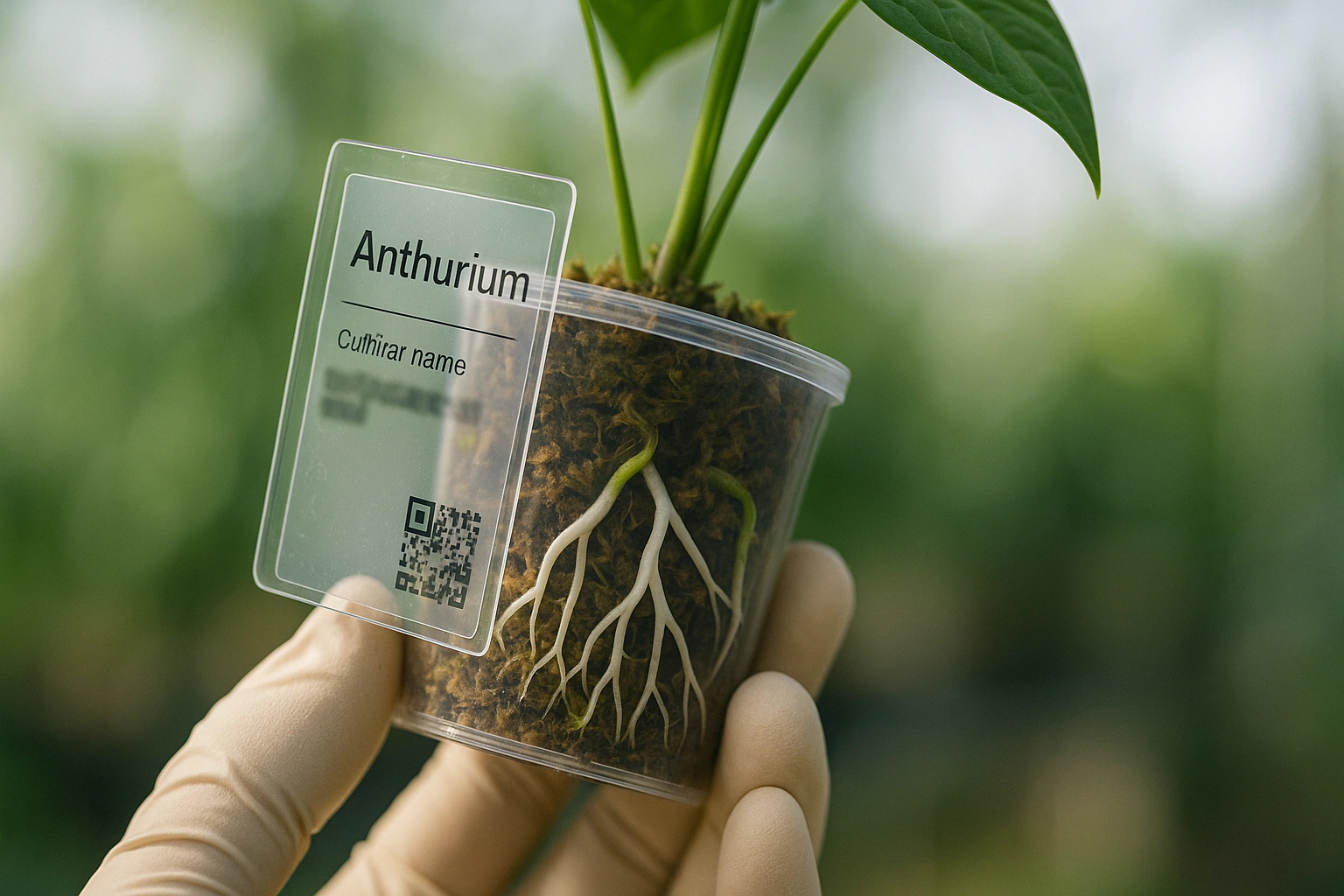
Step 3: Leverage the Community for a Second Opinion
The aroid community is incredibly knowledgeable and often willing to help.
- Post in Forums: Share photos (with the seller’s permission if the listing is public) in a specialized forum or Facebook group. Ask experienced growers if the plant appears to be correctly identified.
- Listen to Experienced Collectors: Pay attention to which sellers are consistently recommended by veteran collectors. Their reputations are built on years of providing authentic, healthy plants. This community-driven validation is one of the most powerful tools for plant authentication.
Red Flags: How to Spot a Dubious Listing
Train your eye to spot the warning signs of a plant with questionable provenance.
- Vague or Hyped Descriptions: Language like “super rare jungle secret” or “mystery hybrid” without any parentage information is a red flag.
- Stock Photos: If the listing uses a generic photo from the internet instead of the actual plant for sale, proceed with extreme caution.
- No Lineage for Hybrids: Any seller of a hybrid should be able to name its parent plants. If they can’t, its genetic makeup is a mystery.
- “Too Good to Be True” Pricing: While everyone loves a bargain, an exceptionally low price on a highly sought-after anthurium is often a sign of a misidentified or poached plant.
- Lack of Transparency: If a seller is unwilling to provide more photos, answer questions about the plant’s origin, or seems defensive, it’s best to walk away.
Tissue Culture vs. Seed-Grown: What’s the Difference?
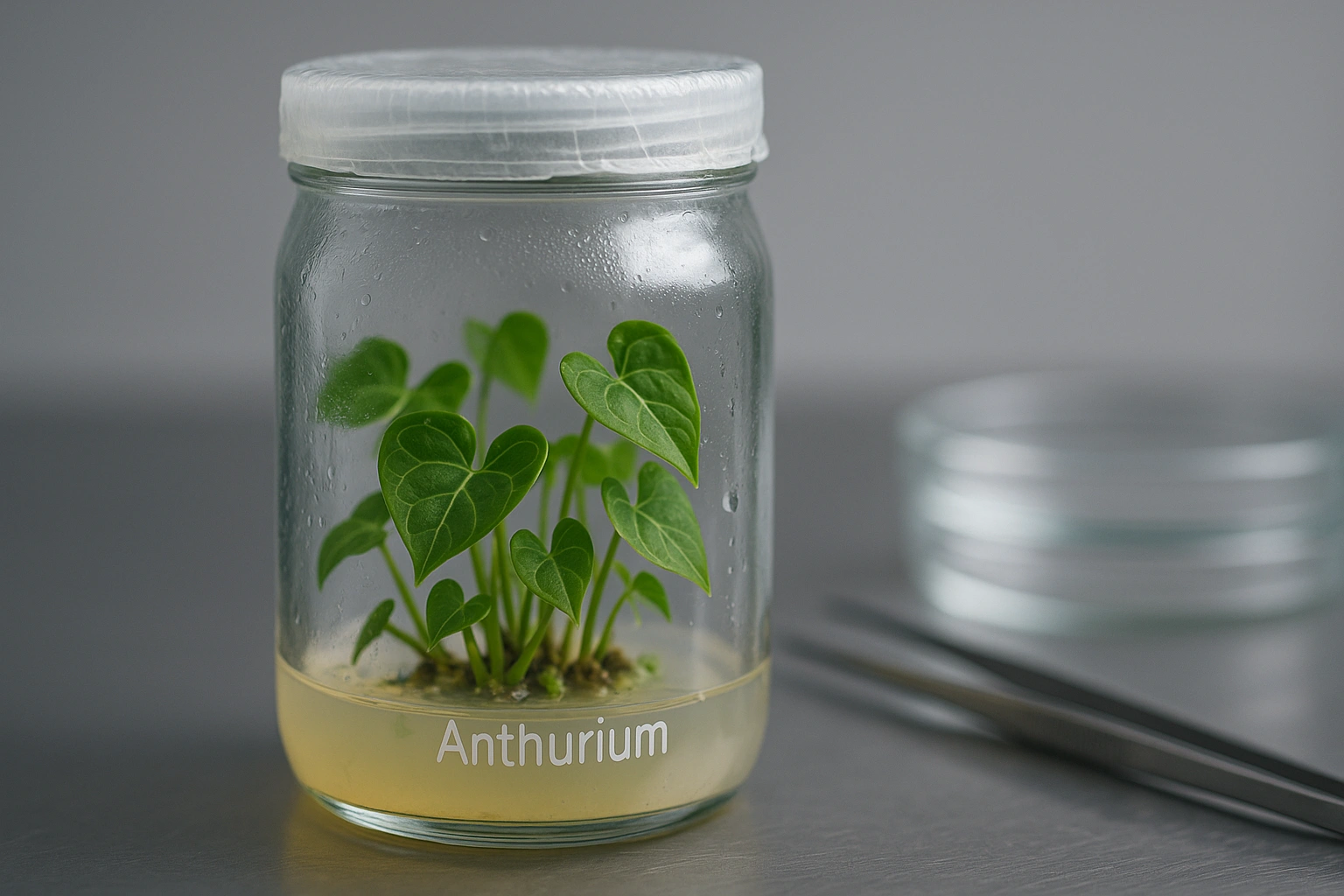
The method of propagation also plays a role in a plant’s story and value.
Tissue Culture (TC)
Tissue culture is a lab-based method of cloning plants from a small sample of tissue.
- Pros: It allows for mass production, making rare plants more accessible and affordable. It also produces genetically identical plants, ensuring consistency.
- Cons: Sometimes, errors in the TC process can lead to mutations (somaclonal variation). Some collectors also find TC plants can be less vigorous initially and require more careful acclimation. Provenance is still important to ensure the original mother plant was a high-quality, correctly identified specimen.
Seed-Grown Plants
These are plants grown from seeds, typically from a controlled cross between two parent plants.
- Pros: Seed-grown plants exhibit natural genetic variation. This means that while they will share traits from their parents, each one is unique—some may even turn out more spectacular than their parents. This genetic diversity often leads to more robust and vigorous plants.
- Cons: The outcome is less predictable. A batch of seedlings from the same cross can look very different from one another. This is why documented parentage is absolutely critical. Knowing the parents helps predict the potential range of outcomes.
Building Your Collection with Confidence and Care
Building an enviable collection of rare foliage is a marathon, not a sprint. The key is to be patient, do your research, and always prioritize ethical sourcing. Keep your own records for each plant you acquire, noting the seller, date, and any provenance information you received. This will become an invaluable resource as your collection grows.
Remember, a healthy plant is the foundation of any great collection. For guidance on creating the perfect environment, from soil to light, check out our detailed article on how to differentiate and care for popular varieties like Anthurium Clarinervium vs. Crystallinum.
Common Mistakes to Avoid
- Buying on Impulse: Falling for a beautiful photo without researching the plant or seller first.
- Ignoring the Seller’s Reputation: Trusting a new seller with no reviews for a high-value purchase.
- Accepting Vague Labels: Not questioning a plant simply labeled “Anthurium Hybrid.”
- Forgetting to Ask for Parentage: This is the most crucial question for any hybrid plant.
- Not Comparing Photos: Failing to cross-reference the seller’s photos with verified examples online.
- Supporting Unethical Sellers: Knowingly buying plants that are likely wild-collected.
Expert Tips from the GreenWandering Team
- When buying a “rehab” plant for a lower price, ensure you have a solid understanding of its needs. The discount isn’t worth it if the plant doesn’t survive. See our plant care guides from trusted sources like the RHS.
- Take screenshots of your purchase, including the description and all photos. This creates a personal record in case of disputes.
- For very expensive purchases, consider using a payment method with buyer protection.
- Remember that leaf appearance can change with maturity. Research what a juvenile and a mature specimen look like to manage your expectations.
- Join a local aroid society or plant club. Connecting with local growers is a great way to find trusted sources and trade authentic plants.
“A plant’s story is just as important as its beauty. True collectors don’t just acquire leaves; they curate lineages.” – The GreenWandering Team
Frequently Asked Questions (FAQ)
What does ‘provenance’ mean for a plant?
Plant provenance refers to its documented history, including its origin (e.g., specific nursery or breeder), its genetic parentage if it’s a hybrid, and its journey to the current owner. It’s the ultimate proof of a plant’s authenticity and ethical sourcing.
Is it illegal to buy wild-collected anthuriums?
Yes, it can be illegal. Many countries have laws protecting their native flora, and international treaties like CITES regulate the trade of endangered species. Buying poached or illegally exported plants supports environmental damage and is a major legal and ethical risk. Always buy from reputable sources who can verify their plants are nursery-propagated.
How can I be sure a hybrid is what the seller claims?
The best way is to buy from a reputable hybridizer or seller who provides the exact parentage (e.g., ‘Anthurium crystallinum x Anthurium magnificum’). Ask for photos of the parent plants if possible. Experienced growers in online communities can also help assess if the juvenile plant’s traits align with its claimed lineage.
Does tissue culture (TC) affect a plant’s value?
Generally, seed-grown plants from a specific, desirable cross hold more value due to their genetic uniqueness and vigor. Tissue-cultured plants are clones, making them more common and thus less expensive. However, TC has made rare plants more accessible and is a perfectly valid, ethical way to grow a collection.
What is a ‘plant passport’?
A plant passport is an official label used within certain regions, like the European Union, to certify that a plant has been inspected, is free from pests, and is traceable to a registered professional grower. While not a guarantee of specific genetics, it is a strong indicator of a legitimate, professionally grown plant.
Conclusion: Collect Smarter, Not Harder
